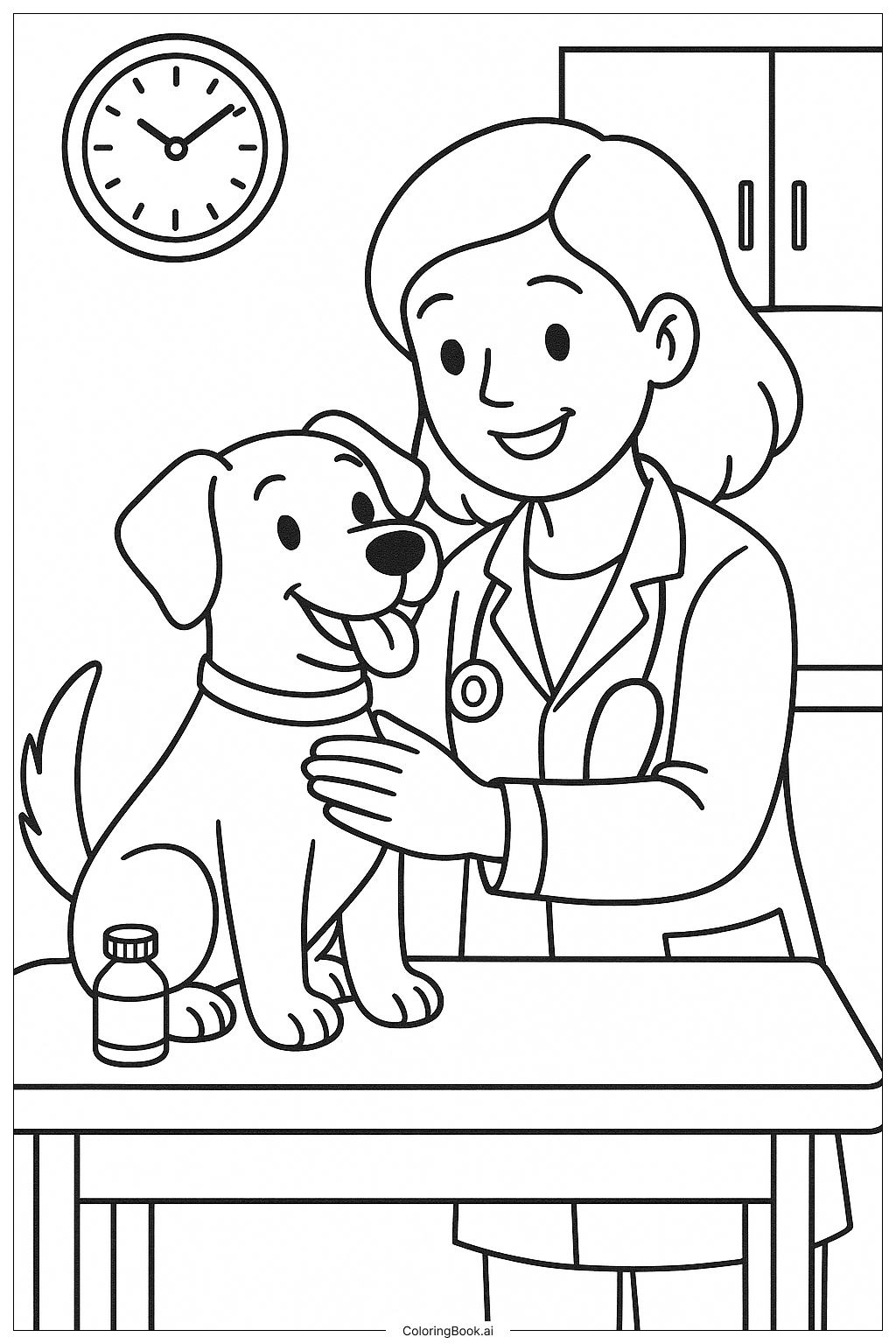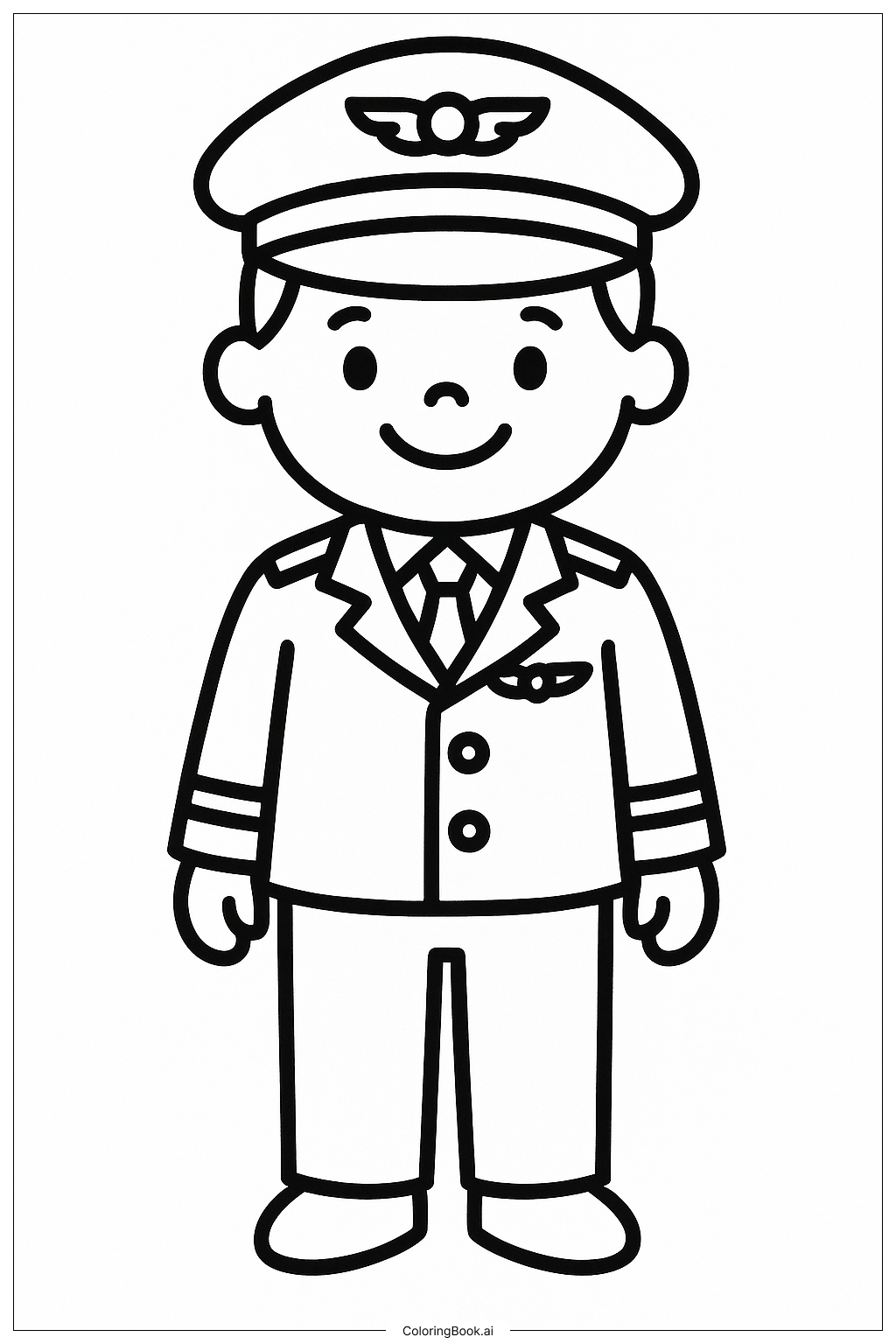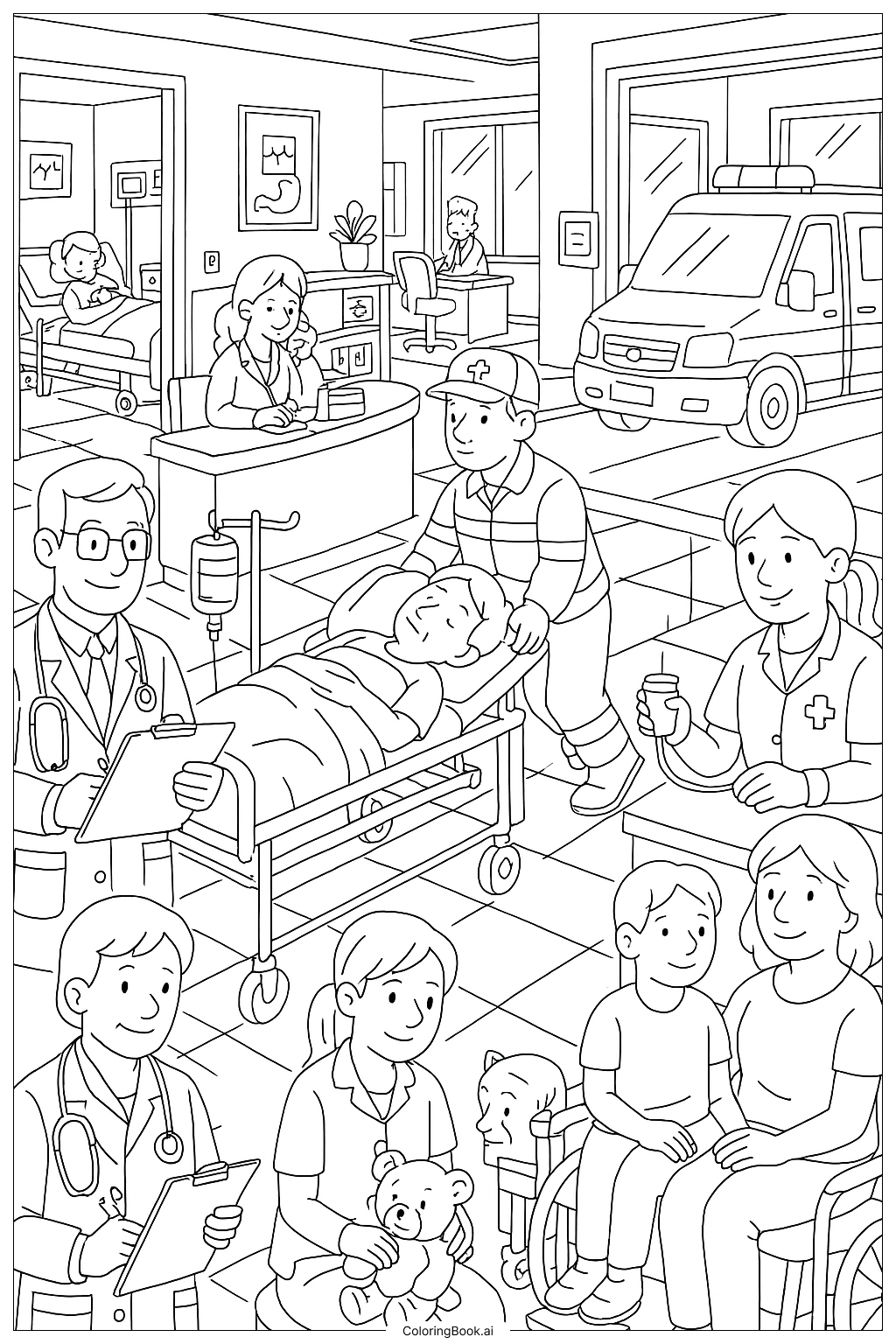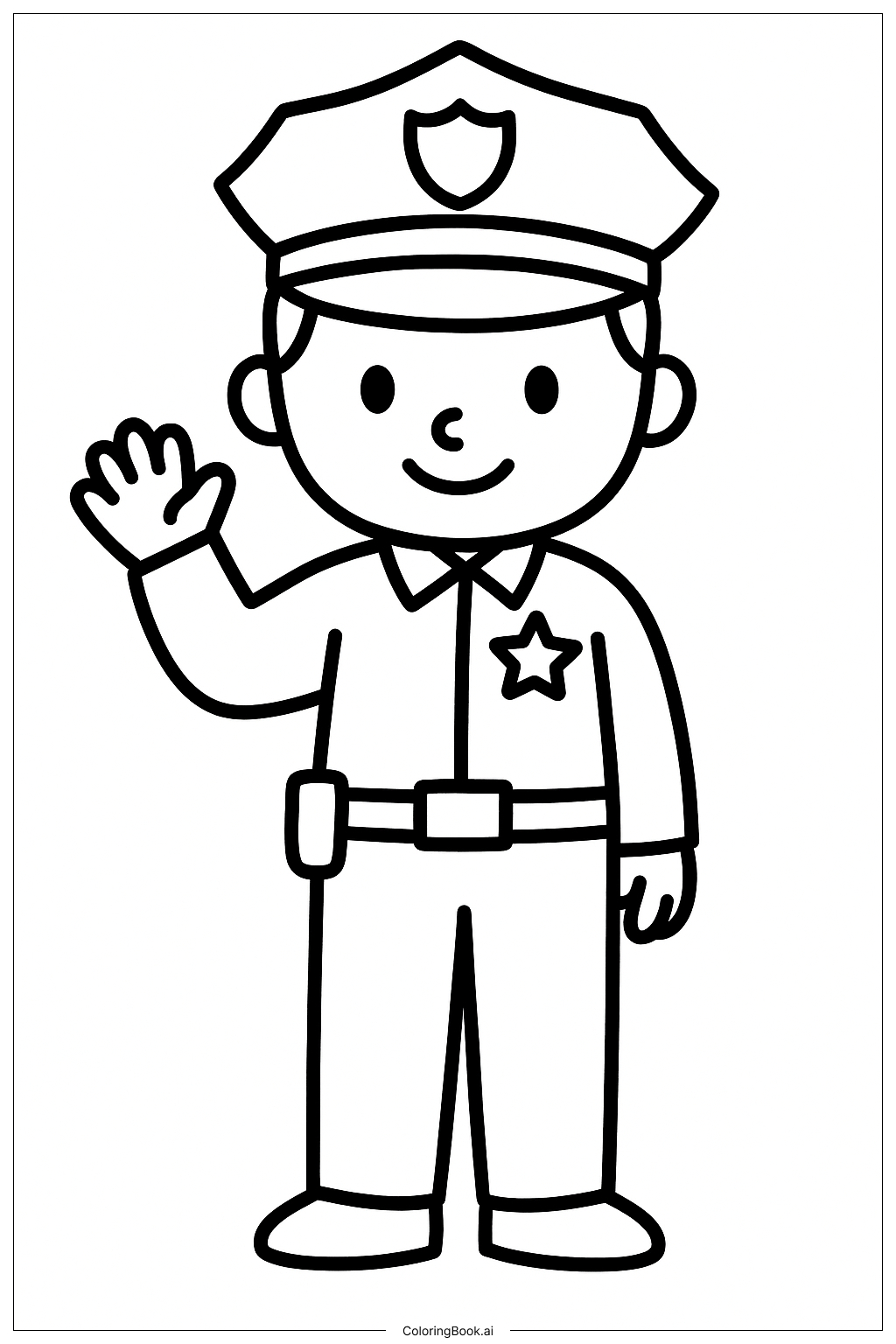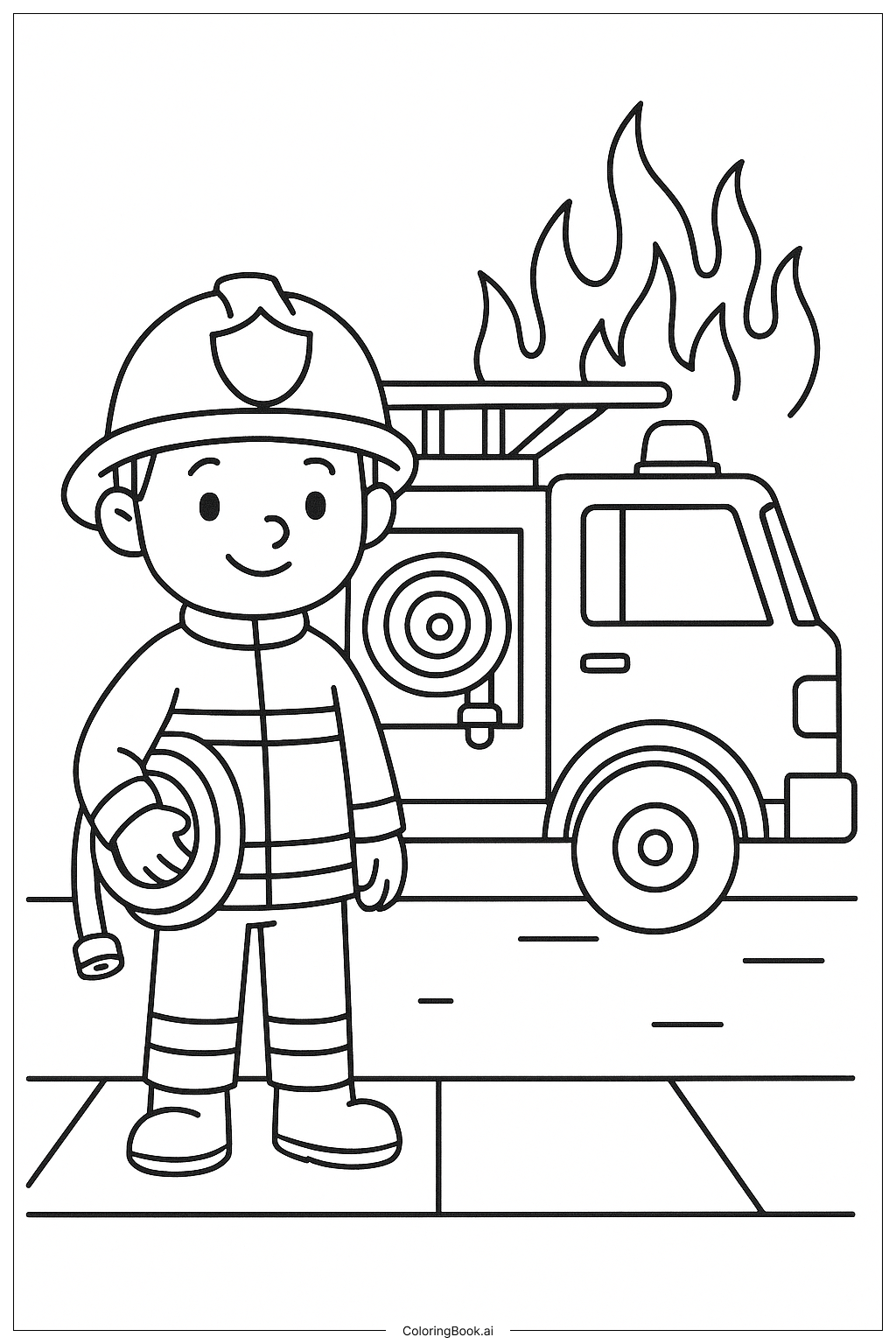Coloring tips: How to color Community Helpers Veterinarian Helping A Dog coloring page well?
Use soft and warm colors to make the picture inviting and friendly. The vet's coat can be white or light blue, and the stethoscope can be gray or black. Color the dog with natural colors like brown, black, golden, or white. For the background, use gentle blues or greens to give a calm feeling. The clock can be bright yellow or orange to make it stand out. Be careful to color inside the lines and use different shades to add depth to the picture. Add shadow and light touches to the vet’s coat and the dog’s fur to bring the image to life.
Coloring challenges: Which parts are difficult to color and need attention for Community Helpers Veterinarian Helping A Dog coloring page?
1. Coloring the vet’s coat neatly can be tricky because of the small collar and pocket details.
2. The dog has many small parts like the eyes, nose, tongue, and collar, which need careful coloring.
3. The bottle of medicine has small lines and lid, requiring precise coloring.
4. Coloring the stethoscope with curves and different parts might be hard for beginners.
5. Adding shading to the vet’s hair and the dog’s fur to look natural could be a challenge for young children.
Benefits of coloring books: Advantages of drawing Community Helpers Veterinarian Helping A Dog coloring page
Coloring this picture helps children learn about community helpers and the importance of veterinarians. It improves fine motor skills by requiring careful coloring in small and large areas. It also encourages attention to detail and patience. Kids can use their creativity by choosing different colors for the dog and background. Coloring this image can be calming and fun, helping children focus and relax. It also teaches respect and care for animals, boosting empathy and kindness.
